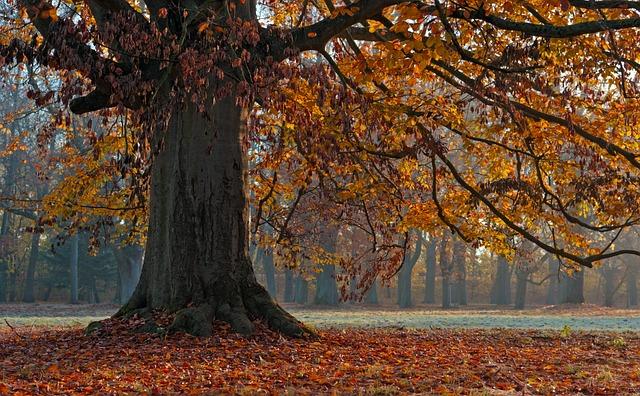- Introduction
- Characteristics of the Common Beech
- Distribution and Habitat
- Ecological Importance
- Uses and Benefits
- Conclusion
- FAQs
- References
Introduction
The Common Beech (Fagus sylvatica) is a magnificent tree that holds significant ecological, economic, and cultural value across Europe. In this article, we’ll explore its unique characteristics, distribution, and the pivotal roles it plays in ecosystems. We will also dive into how the tree is utilized in different sectors and its benefits. Lastly, we'll answer some common questions about this widely admired species.
Our journey begins by understanding the distinctive traits of the Common Beech tree, its native habitats, and reasons why it is ecologically crucial. Additionally, we will highlight how humans have harnessed its qualities for use in everyday applications.
Characteristics of the Common Beech
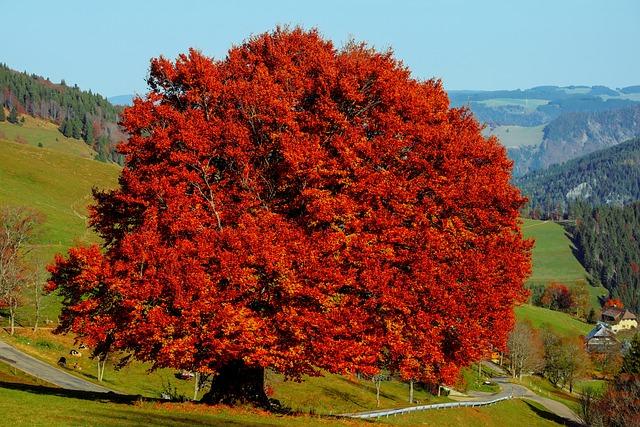
(Image: Pixabay/@Couleur)
The Common Beech is a large deciduous tree, reaching heights of up to 40 meters (130 feet) under ideal conditions. Its bark is smooth, silver-gray, and the tree possesses a broad canopy that provides ample shade beneath. The leaves are oval-shaped, glossy, and have lightly serrated edges with prominent parallel veins running through them—turning beautiful hues of orange and yellow during autumn.
As it matures, the roots of the Common Beech spread wide, allowing it to anchor itself firmly into the soil. The tree is monocotyledonous, meaning male and female flowers grow on the same tree. Its fruit, known as beech nuts, ripens by autumn and serves as food for various woodland creatures.
This species is renowned for its relatively slow growth rate and longevity, living up to 300 years or more under optimal circumstances. It is highly tolerant of poor nutrient soils but generally favors well-drained and slightly acidic conditions.
Distribution and Habitat
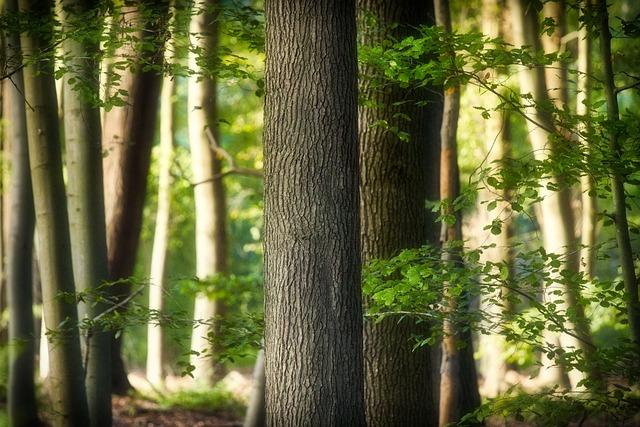
(Image: Pixabay/@9883074)
The Common Beech is native to temperate regions of Europe, flourishing from southern Scandinavia down to northern Spain and eastwards towards the Balkans. In recent centuries, its range has expanded due to human cultivation efforts, including introductions to North America and New Zealand.
Beech forests often have a dense canopy, which results in minimal undergrowth because little sunlight permeates to the forest floor. They thrive in areas with a light annual rainfall and occupy both lowland and hilly terrains, specifically between 300 and 1,000 meters in altitude.
These forests are characteristic of European landscapes, particularly in Germany, France, and the UK, where beech woodlands hold deep cultural significance. Its activity in reforestation projects further contributes to restoring damaged ecosystems.
Ecological Importance
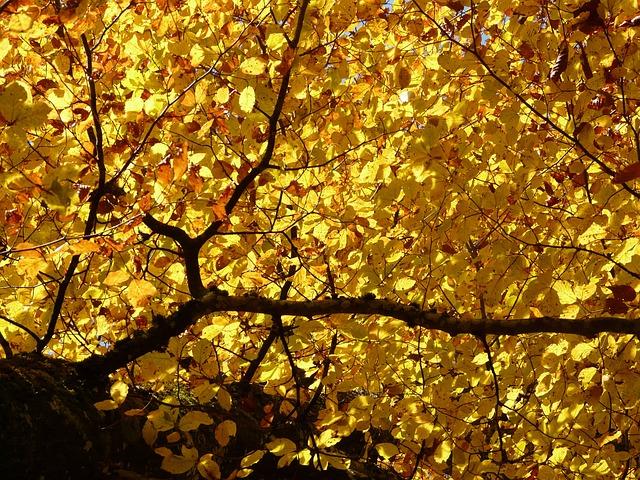
(Image: Pixabay/@Hans)
The Common Beech plays a vital role in maintaining ecological balance within its habitats. For one, it supports a myriad of wildlife—from birds like jays that feed on its nuts to small mammals such as squirrels and dormice. The beech also influences soil composition by annually shedding its leaves, which decompose and return critical nutrients to the earth.
Apart from providing food and shelter, the tree's dense foliage helps regulate the local climate by blocking sunlight and lowering ambient temperatures in summer. Its extensive roots help prevent soil erosion on hillsides, making beech woodlands essential in maintaining landscape integrity.
Furthermore, beech trees contribute to carbon sequestration, helping to mitigate the effects of climate change by trapping atmospheric carbon dioxide through photosynthesis.
Uses and Benefits
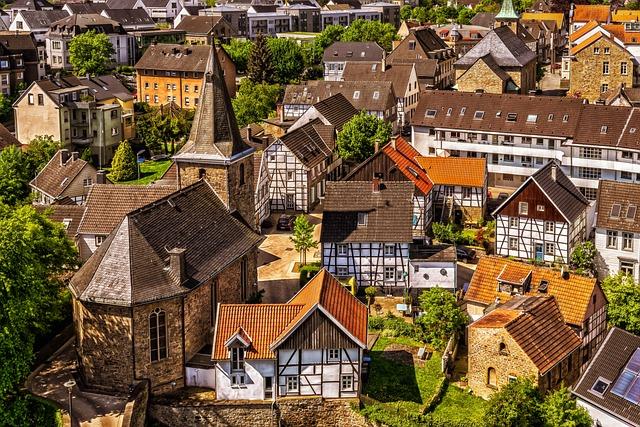
(Image: Pixabay/@Tama66)
The timber of the Common Beech is highly prized for its durability and versatility. Beech wood is known for its fine grain and pale color, making it suitable for furniture production, flooring, and cabinetry. Since it is dense and burns long, it’s frequently used as firewood in colder regions of Europe.
Beyond its woodworking applications, beech nuts were historically used to produce oil, though this practice has mostly fallen out of favor. The oil extraction process was labor-intensive, but the resulting oil was once valued for cooking and lighting purposes.
Moreover, beech trees are commonly planted in decorative urban landscaping due to their aesthetic appeal and ability to tolerate urban pollution. Their large size and impressive fall foliage make them favorites in parks and large gardens.
Conclusion
In summary, the Common Beech is a tree with immense ecological, practical, and cultural significance. Its presence in European forests not only stabilizes ecosystems but also offers valuable resources for human use. Whether admired for its beauty or respected for its contributions to the environment, the beech tree remains a cornerstone of European biodiversity.
FAQs
Is the Common Beech tree endangered?
No, the Common Beech is not currently endangered. However, climate change and habitat loss could pose future risks to its populations.
Can I plant a beech tree in my garden?
Yes, you can plant a beech tree in a large garden or park. However, be aware that it requires space for root expansion and grows quite tall over time.
When do beech nuts ripen?
Beech nuts typically ripen in early autumn, between September and November depending on the climate.
Are beech nuts edible for humans?
While beech nuts are not toxic, they contain tannins, which may cause digestive discomfort if consumed in large quantities. They are more commonly eaten by wildlife than by people.

